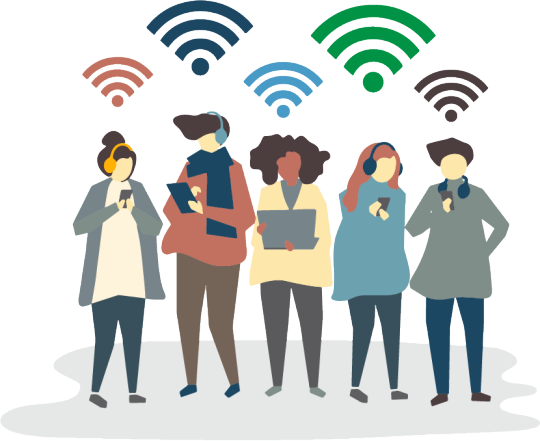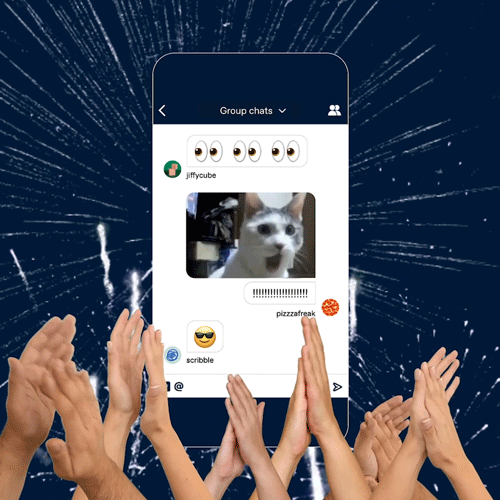#homophiy
Text
Connection found!

[The What] Zap! We are now connected!
Feeling connected today is the last emotion people are feeling. Social distancing, quarantining, and remote work and school have changed the trajectory in our world. The only safe and healthy way to connect to people is through technology, like video chats, phone calls, text messages, etc. Being unable to physically connect with our loved ones makes it difficult to fulfill the foundational psychological need that exists in all of us; to belong. “The need to belong is an individual’s basic psychological need to feel closely connected with others and to be part of social groups,” (Kim, Wan & Oh, 2016).
Some factors that can contribute to feeling connected in social media are discovering people that share the same hobbies and likes. That feeling that you are a part of a community helps to feel more connected. Another factor that contributes to feeling connected in social media are comments and likes, in response to your photos or posts. Knowing that another person is watching and enjoying your content helps you feel connected, digitally, and brings in the overall feeling of belonging.
[The Why] You’re just like me!
Homophily is a concept, meaning love of the same. It describes the bonding and the desire of individuals to find and gravitate to other like-minded individuals. Facebook groups, messenger chats, etc. are all examples of methods in which homophily is supported or created. You can become engulfed in a world of your desires and likes! Homophily is beneficial in social media because it caters to that psychological need to belong to something. The results of a study, that sought out to determine if homophily existed within journalists on social media, illustrated that “Most journalists were more likely to interact with journalists who have the same gender, work in the same organization, on the same beat or in the same location,” (Hanusch & Nölleke, 2019).
[The How] Behind the Scenes
This homophily phenomena can easily result from social media use because of the algorithms existing in the back ends of social media. Think of a time you realized you needed to stop, and purchase cake mix, to make a cake for a special loved one. You verbally remind yourself, and within 5 minutes your social media timelines are filled with cake decorators and advertisements marketing cake mix brands.
“Social media algorithms are now the basis for all social media platforms,” (McClain, 2017). The algorithms are used to pull people that are similar together, create that homophily phenomena and create a connection and feeling of belonging. Based off my experience, the main platforms responsible for using algorithms to this extent are, but not limited to, Facebook, Instagram, and TikTok.
So, next time you’re scrolling and liking posts or pictures, think about the huge connection you just created with a tap of your thumb.
References
Hanusch, F., & Nölleke, D. (2019). Journalistic homophily on social media. Digital Journalism, 7(1), 22–44. https://doi.org/10.1080/21670811.2018.1436977
Kim, Y., Wang, Y., & Oh, J. (2016). Digital media use and social engagement: How social media and smartphone use influence social activities of college students. Cyberpsychology, Behavior, and Social Networking, 19(4), 264–269.
McClain, K. (2017). Do You Know What Homophily and Algorithms are Doing in Your Social Media? Medium. http://medium.com/@menosfun/do-you-know-what-homophily-and-algorithms-are-doing-in-your-social-media-6b08e555aebb

0 notes